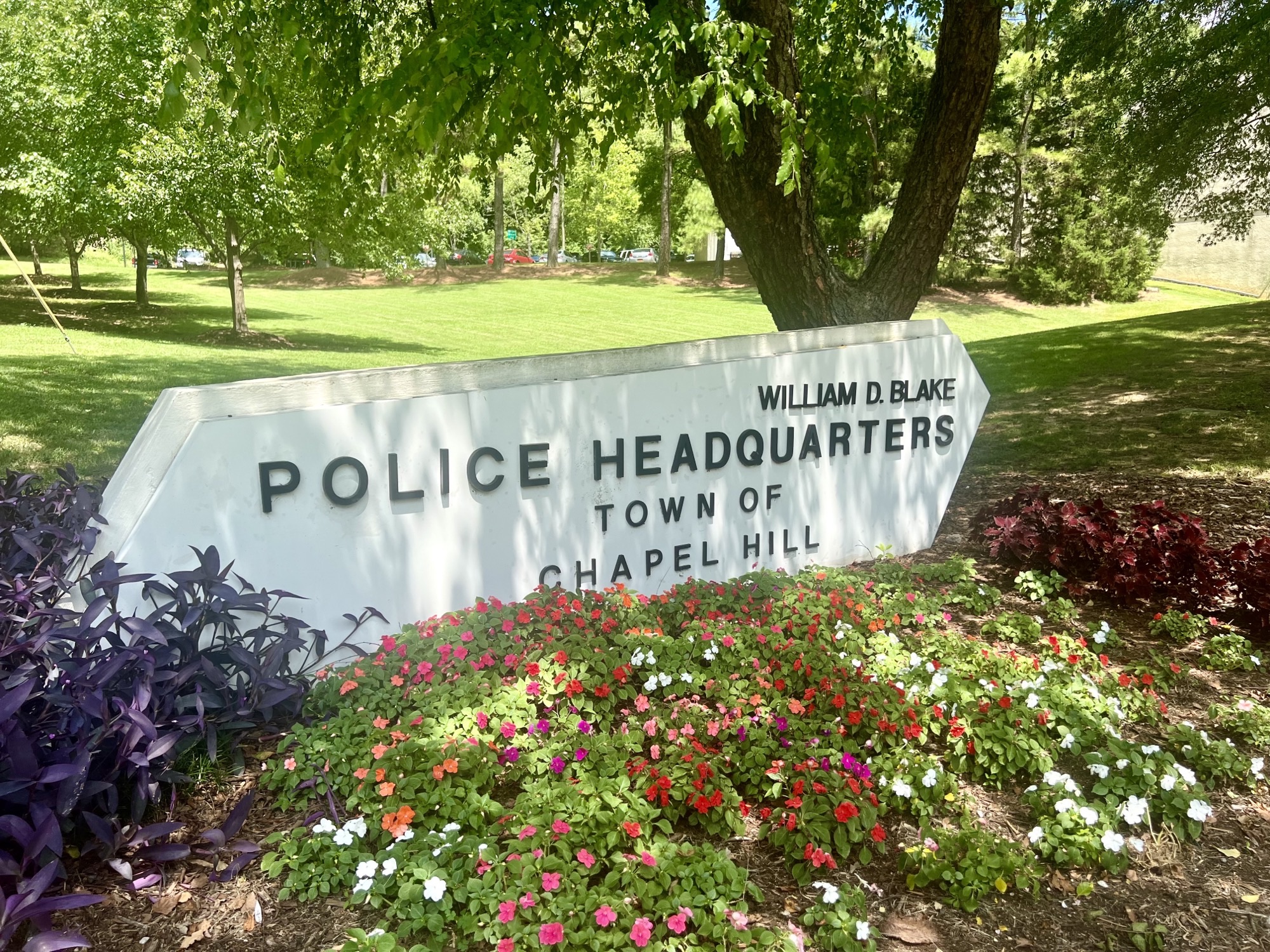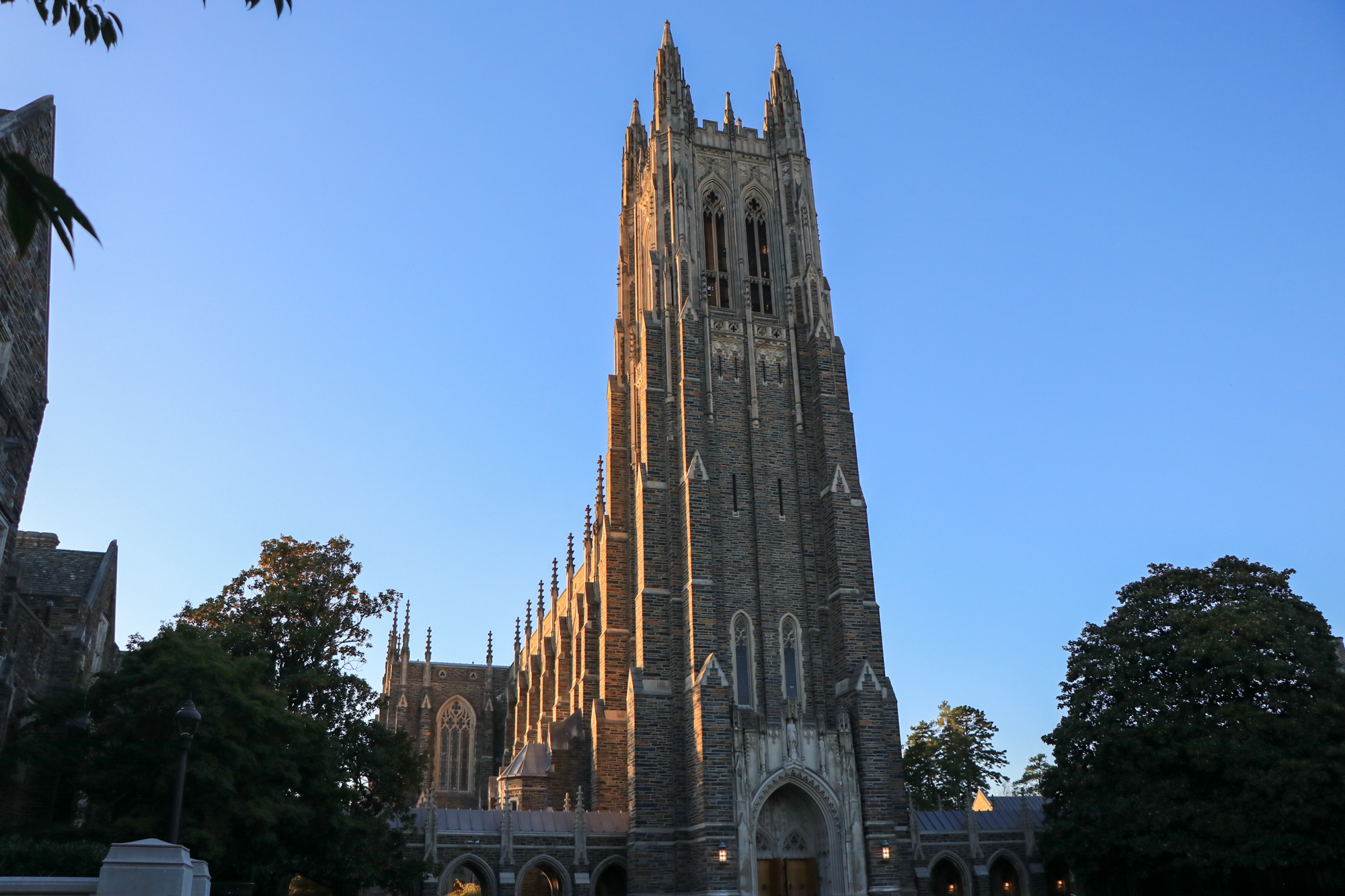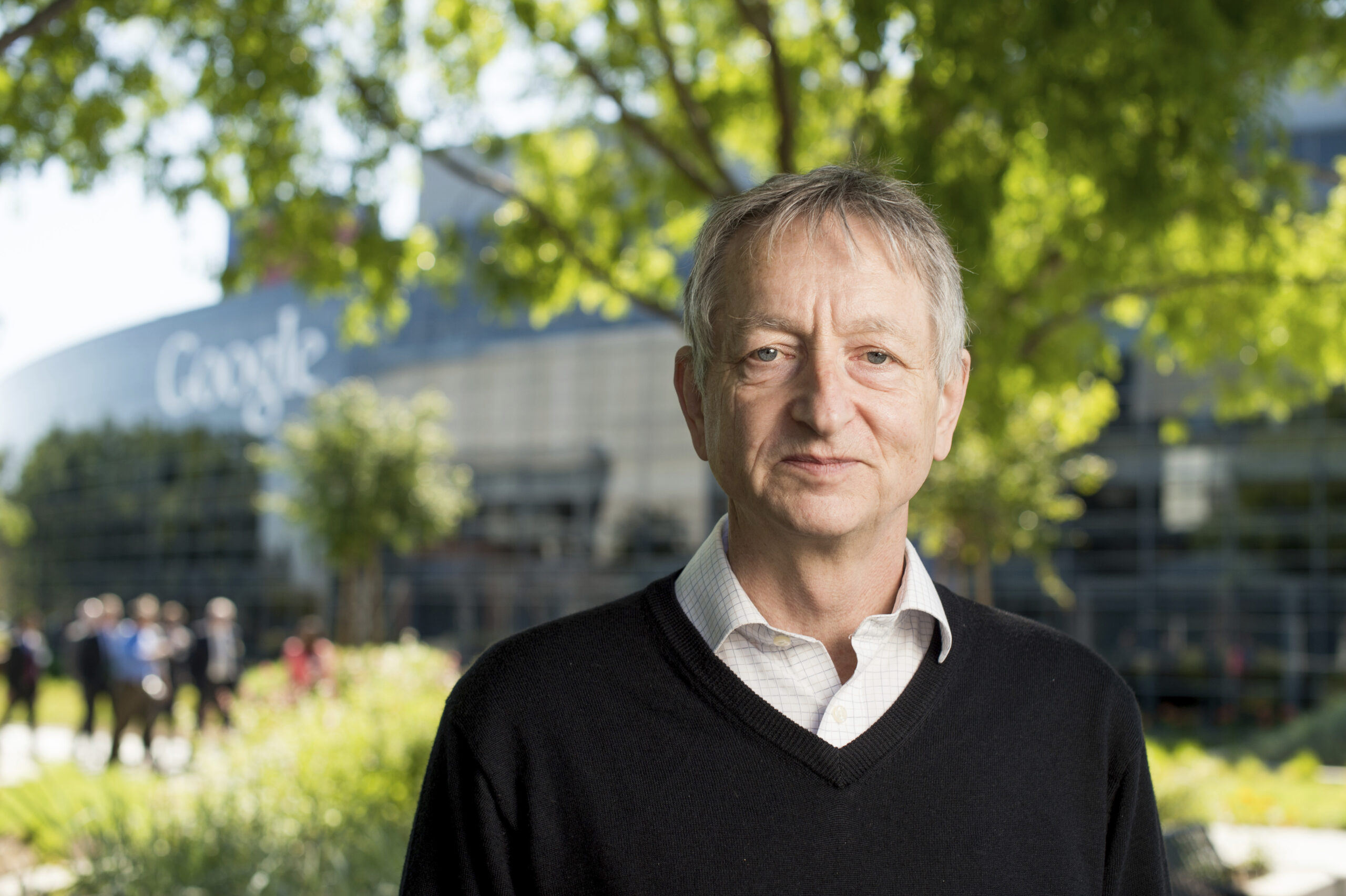After more than a decade of trying to work together on a solution to the coal ash at 828 Martin Luther King Jr. Boulevard, the Town of Chapel Hill and state government are close to finalizing a deal on remediation and development. A final step in the process, though, was holding a public hearing last week where residents could share their final thoughts on restrictions around the site and data gathered by the Department of Environmental Quality.
The hearing at the Chapel Hill Public Library came after the draft agreement being shared on the state Department of Environmental Quality’s website for 30 days this summer. The document is the result of extensive analysis of the site and the risk the coal ash poses, detailing constraints of the land use based on the amounts of contaminants recorded, the topography, and remediation already completed.
Bruce Nicholson, the section chief of the Brownfields program, explained how the initiative has helped hundreds of sites – including ten in Orange County – be remediated to the point of safe redevelopment.
“In a way, what we’re attempting to do here with these abandoned, idle, and underutilized properties,” Nicholson during a presentation, “is to recycle them – put them back into good use. The reasons why the General Assembly passed [this program] is it also reduces sprawl and protects ‘green fields’ by recycling and reusing these properties. But they wanted to make sure to do so safely.”
The staff with the Brownfields program does not advocate for any particular land use when developers apply to remediate a property – and only review how the developer wants to use it, said Nicholson. And the agreement – which is a legally-binding framework on the type of development appropriate based on risk of the materials – does not supersede local zoning.
In the case of 828 Martin Luther King Jr. Boulevard, the town government is seeking a potential police department amid a larger Municipal Services Center. Presently, much of the coal ash around the building is two feet or more underground – while some areas on the site are closer to the surface and a bank near Bolin Creek has exposed coal ash. The town removed about 1,000 tons of the ash and installed silt fencing around 2020, but DEQ Project Manager Sharon Eckard said more will need to be done as part of the redevelopment.
“Any final remedy has got to be designed to make the site stable,” she said during the presentation. “The slope [at the property’s southeast corner] has to be stabilized. It has to eliminate the completed exposure pathways, and it has to be fully protective of public health.”
The town will partially determine how it wants to go about with that ‘final remedy’ based on its future designs for the development of the property – but the draft agreement lays out some general options it could follow. Based on the levels of toxicity taken from ground samples, the DEQ says the coal ash could be “capped” more than two feet underground by other materials and new retention systems could be built to prevent erosion along the land’s slopes. Another option is full removal of the contaminants, which past iterations of the town council have been hesitant to endorse because of where the coal ash would end up.
Either way, Eckard said, the Brownfields program will help create parameters and a plan for that development to limit exposure for all stakeholders both in the short-term and long-term future.
“Really,” she said, “it’s the institutional control of the Brownfield agreement, the [engineering control of] design and implementation of the final remedy, and then continued monitoring and the long-term stewardship that combine to make the site safe.”
Despite the DEQ’s data and sampling numbers, many of the people who spoke during the public comment period advocated for full removal of the coal ash in order to ensure residents’ health. Individuals with ties to local nonprofits, student organizations, and UNC shared their personal reasonings to why the ash should be entirely off the site, and asked the DEQ representatives to take their message into account before the draft is finalized. Some referenced their specific proximity to the site, while others shared concerns about the proximity to Bolin Creek.
Chapel Hill Town Council Member Adam Searing – who has been an outspoken opponent of development at the site – was among those, saying he was there in his capacity as a nearby resident and a parent.
“My boys grew up there, played there,” said Searing, “and I worry about that – especially when I read new reports from the EPA about increasing dangers from coal ash, radiation exposure dangers, and increase in cancer dangers that research and scientists are finding. That’s very disturbing to me as a parent, and no other parent should have to go through that again.”
Searing, his council colleagues, and town staff will have a chance to further craft the final version of the Brownfields Agreement after the DEQ makes any changes based on the public comment. From there, the town will accept full responsibility for the land based on the parameters established in the agreement, which will be finalized and notarized by the register of deeds.
Wednesday’s public hearing, including a video recording and presentation materials, can be found on the North Carolina Department of Environmental Quality’s website. More details about the Brownfields program’s process and Chapel Hill’s efforts at 828 Martin Luther King Jr. Boulevard can be found on the town’s website.
Chapelboro.com does not charge subscription fees, and you can directly support our efforts in local journalism here. Want more of what you see on Chapelboro? Let us bring free local news and community information to you by signing up for our newsletter.










